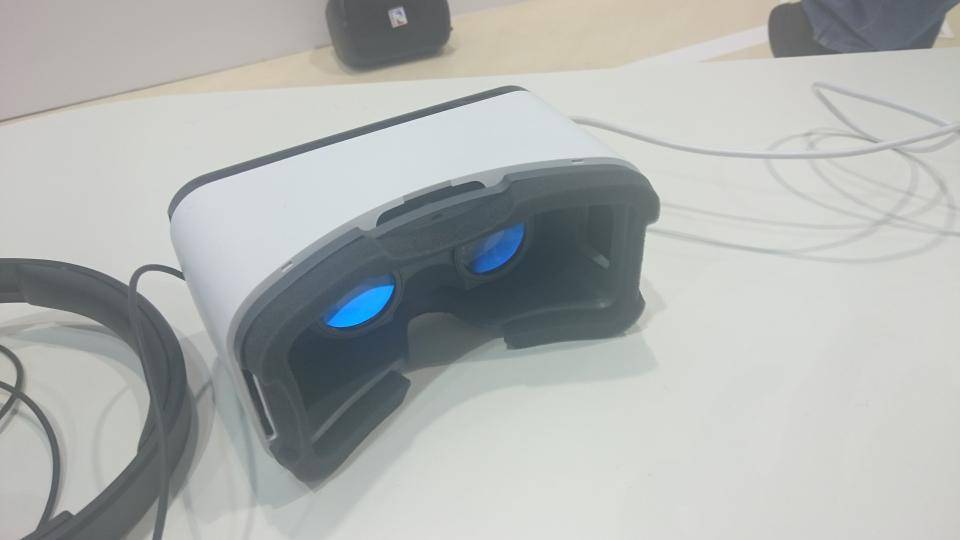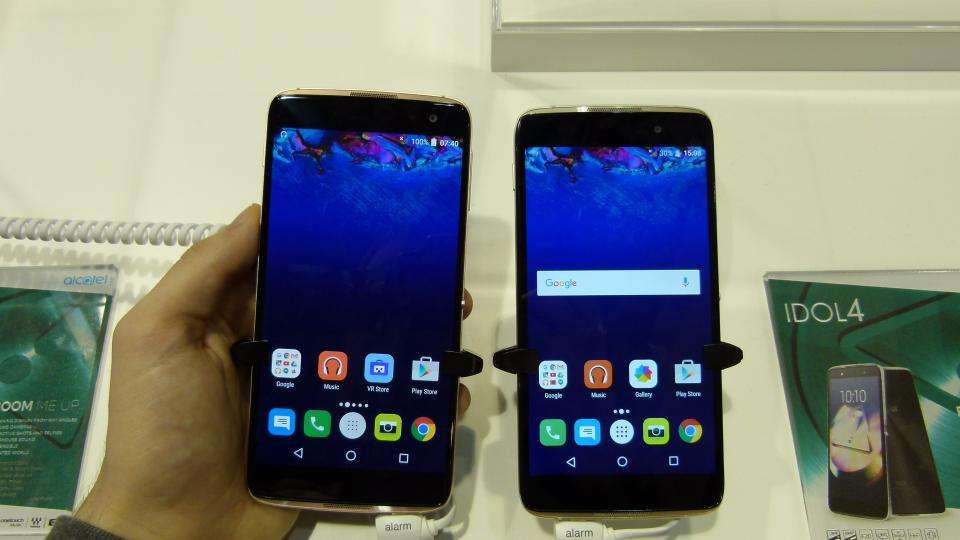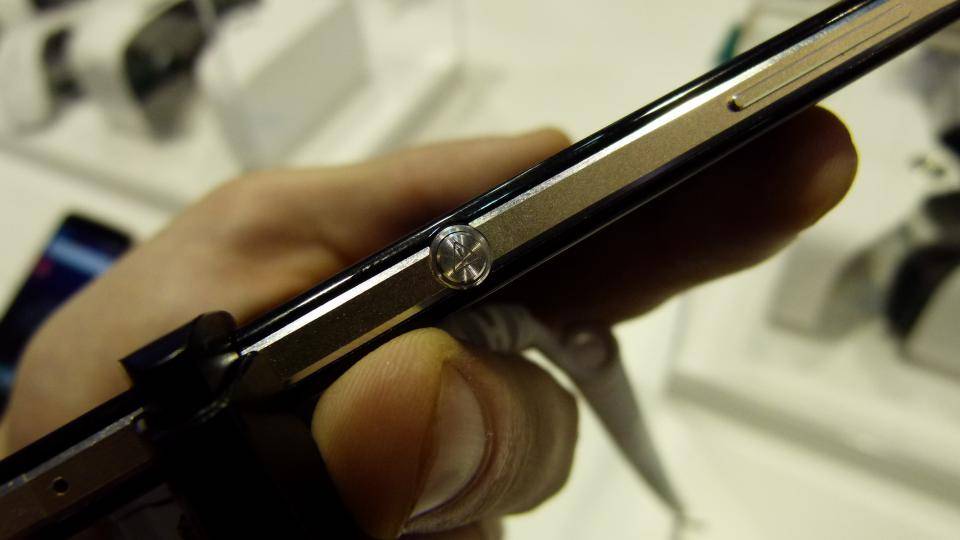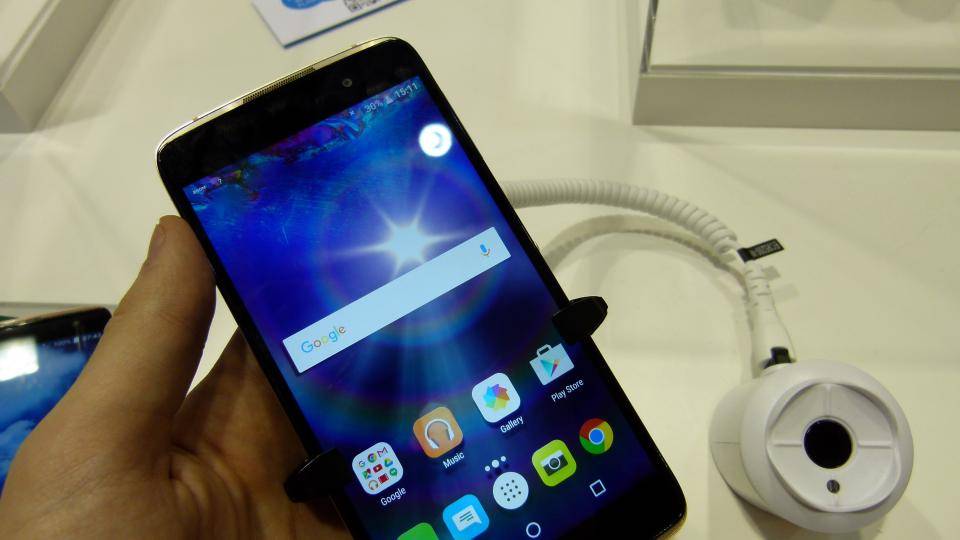While LG was stealing the limelight, Alcatel was having its own fun, launching a pair of new mid-range handsets looking to usurp the current mid-range kings from Samsung, LG , HTC and Sony. The Idol 4 and 4S are two distinct phones, with the 4 assigned the lower price of €320 (around £300 inc VAT) while the 4S is priced at €499 (around £450 inc VAT).
The fun bit as that both models ship inside a VR headset, with the plastic box the handset comes in doubling up as a rather snazzy Google Cardboard VR viewer. As with most Cardboard viewers, there's no straps, you hold it to your face. It's a great idea and it just goes to show how popular VR has become in recent years. The quantity of interesting content available via Google Cardboard initiative is growing steadily and it's a great first step into VR.

There's also Alcatel's own VR software. The content I was shown at the Alcatel booth was of a fairly low quality, with low-resolution shots of Formula One, wingsuit flying and a helicopter tour of New York. The latter was my favourite, but it was the best of a mediocre bunch, we can't see Alcatel investing heavily in its own content but then that's the same for most manufacturers.
Both phones are glass-backed with refined, machined corners and small bezels, rivalling the Samsung Galaxy A5 and the Sony Xperia XA in terms of in-the-hand feel. The key specifications of each device is as follows:
|
Idol 4 |
Idol 4S |
|
Processor |
Qualcomm Snapdragon 617 |
Qualcomm Snapdragon 655 |
|
RAM |
3GB |
3GB |
|
Screen |
5.2in IPS 1,920x1,080 |
5.5in OLED 2560x1,440 |
|
Camera |
13MP |
16MP |
|
Storage |
16GB |
32GB |
Idol 4
Idol 4S
Processor
Qualcomm Snapdragon 617
Qualcomm Snapdragon 655
RAM
3GB
3GB
Screen
5.2in IPS 1,920x1,080
5.5in OLED 2560x1,440
Camera
13MP
16MP
Storage
16GB
32GB
I particularly liked the AMOLED screen on the 4S, with bright colours and exceptionally deep blacks. The IPS panel on the Idol 4 was also excellent and looked exceptionally crisp despite its large 5.2in form factor.

Both phones feel relatively responsive, as you'd expect from mid-range handsets, although Alcatel's Android skin is a little bit unrefined for my tastes. The key feature for both phones is what Alcatel calls the Boom Key. This is a button on the right-hand side that can be assigned to different functions, such as opening an app, increasing bass on the front-facing speakers, or opening the camera.
The latter is both the most useful and yet simultaneously the most impractical. Hitting the Boom Key with the phone on standby will instantly open the camera and take a picture, with the image captured before the screen is even switched on. This is great for those hard-to-capture moments, but in reality I rarely captured anything good during my testing. Plus, the Boom Key button is a little too easy to press; pocket pics are going to be all the rage for Idol 4 and 4S owners.

I couldn't make head nor tail of the Boom Key when the screens of each phone were switched on as the settings menus were confusing at best. At one point, lens flare appeared on the screen and at another, I was flying through the clouds. I hope Alcatel refines the software before launch.

For the money, and ignoring their shortcomings, Alcatel could have some competitive mid-range kit on their hands but its larger rivals might not be looking over their shoulders just yet.